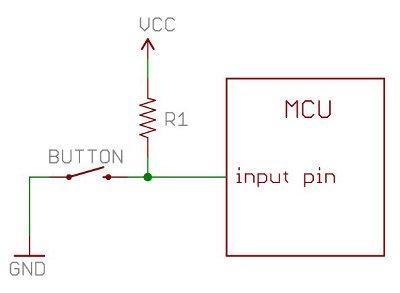Unlike in Mac OS X, it is harder to install Eclipse with CDT in Windows than it looks. This is partially because the Windows OS does not have Java Runtime Environment as default settings. Another problem is that there are two versions, 32-bit and 64-bit, under the same name of the OS. x64-base processors can have either 32-bit OS or 64-bit OS.
Windows 32-bit or 64-bit?
First thing first. Make sure that what system type of Windows you are using. If your PC is pretty new, most likely you have 64-bit Windows. If not, it could be 32- or 64-bit. One simple way to find out which version you are using is to check the “Program Files” folder name. If your system has “Program Files (x86)” along with “Program Files” then your OS is for 64-bit. You may open Control Panel to see the version. The “System type:” in “System and Security->System” tells 64-bit OS or 32-bit OS. Again using x64-bit based processor does not guarantee that the OS type is 64-bit.
Java Runtime Environment
Eclipse is an executable program written in Java and built for Java. Java executables need Java Virtual Machine. Java Runtime Environment or JRE is a basic package to run Java programs. There are several “Editions” in Java. Java SE (Standard Edition) is good for Java applications on desktops and servers. You may find Java “Development” Kit, or JDK while you are googling Java SE Download. This is for Java Developers and includes JRE. We do not need this version because we just want to run a Java program, Eclipse. Download one “jre” according to your OS type. x64 means it is for Windows 64-bit OS. x86 is for Windows 32-bit OS. Install it. Clear check boxes when the Java Setup asks to install something along with Java unless you really really really want to install the toolbar for your Web browsers.
MinGW
The next step is to install Minimalists for GNU for Windows or MinGW. This is for someone who wants to use the GNU Compiler Collection to develop native Windows applications without installing Cygwin (a Unix-like environment and command line interface for Windows). Use an installer to install necessary packages. The installer, mingw-get-setup.exe, can be downloaded from http://sourceforge.net/projects/mingw/files/Installer/ Run the installer and select two packages: mingw32-base and mingw-gcc-g++. Then select the menu item, “Apply Changes” in the “Installation” menu.
Eclipse CDT
Find a Eclipse package with the latest CDT at http://www.eclipse.org/cdt/downloads.php. And again download one according to your OS type. There are Eclipses with CDT for Windows 32-bit and 64-bit.
Project – Hello World ANSI C Project
Select “New – C Project.” Put a name in “Project name:” And select “MinGW GCC” as your “Toolchains:” The Toolchain is a set of programming tools. And we are using MinGW GCC as the toolchain.
Build the Project Manually at First
The newly generated project must be built manually at least once before you run the program. Go to and select the menu “Project – Build Project.”
That’s it.




